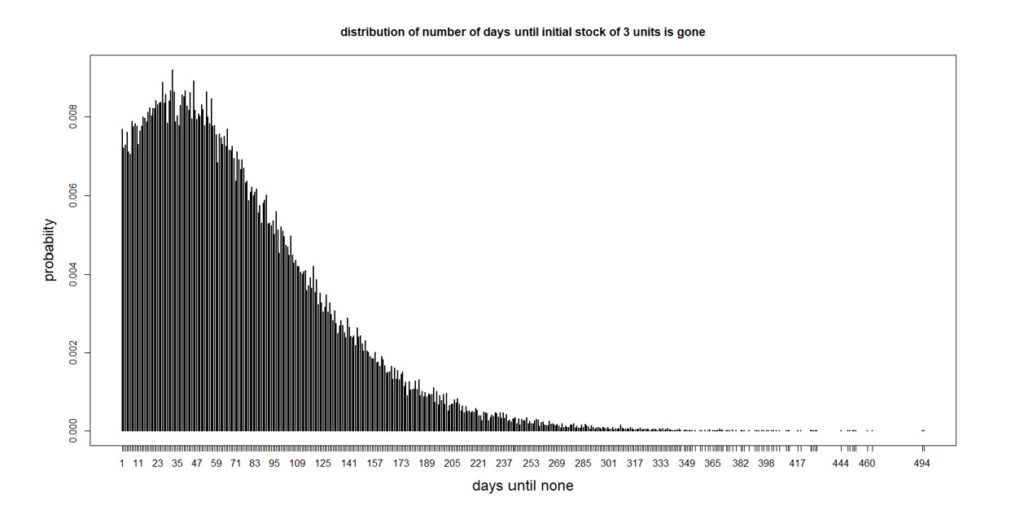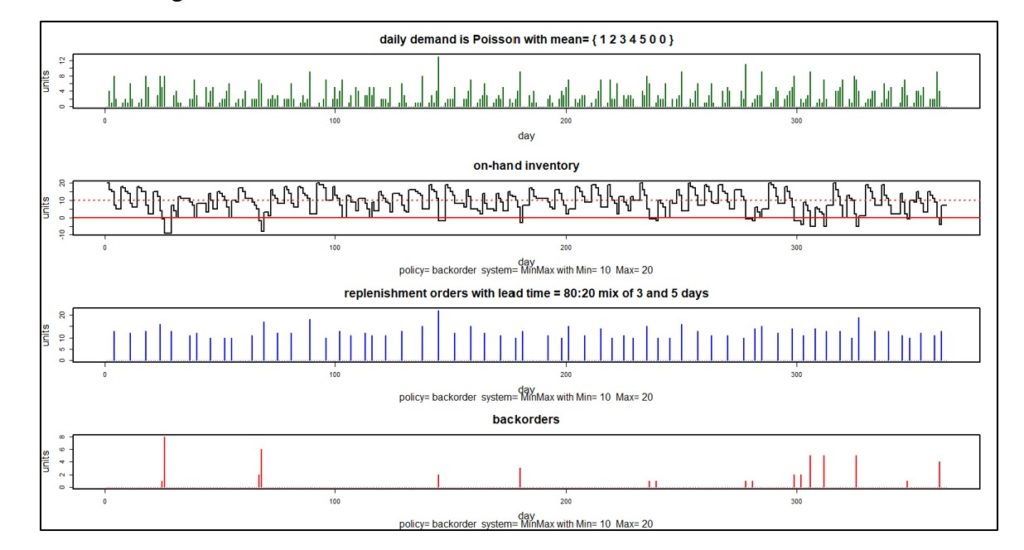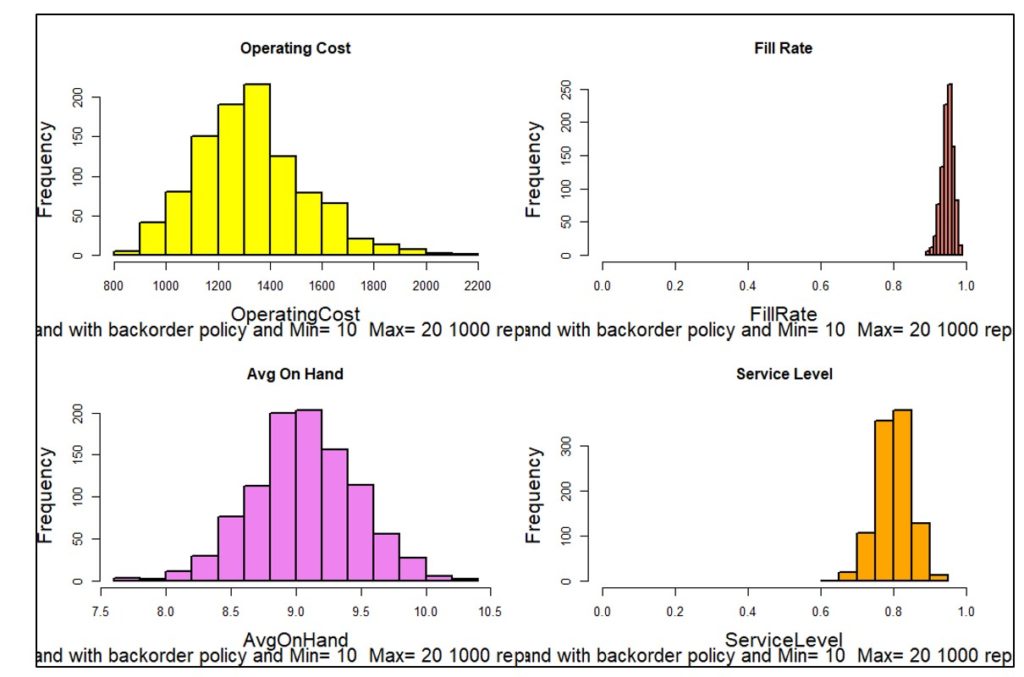Inventory Optimization and Demand Planning now more accessible to extend Microsoft Dynamics
Belmont, Mass., February 2022 – Smart Software is pleased to announce that it has been named a Microsoft Co-sell-ready partner as a leading demand planning and inventory optimization solutions provider. Microsoft customers leverage Smart’s web-native platform for Inventory Planning and Optimization (Smart IP&O) to develop consensus forecasts, manage demand, and optimize stocking policies.
Co-selling with Microsoft sales teams and Microsoft partners will empower the Smart Software’s team to reach a vast community of Microsoft-managed customers to collaborate on various opportunities. This process includes building demand, sales planning, sharing sales leads, accelerating partner-to-partner empowered selling, and delivering marketplace-led commerce. Smart IP&O leverages field-proven analytics, probabilistic modeling, and the latest advancements in forecasting technology to predict future demand, prescribe optimal stocking policies, and identify opportunities for operational improvement. Users can transfer forecast results, order quantities, and stocking policies to Microsoft Dynamics in a few mouse clicks helping build additional value and extend the life of their Microsoft Solutions.
Greg Hartunian, CEO of Smart Software, stated, “The abilities to dynamically identify discontinuities in demand and supplier lead times, prescribe optimal stocking policies that yield the most profit, and accelerate planning frequency, are especially critical and central in today’s hyper fluid supply chains. As a result, customers leveraging Smart IP&O can effectively wield inventory assets, improve their operations, lower costs, improve customer service, and outperform the competition. We look forward to working closely with Microsoft to help our joint customers achieve these key benefits.
About Smart Software, Inc.
Founded in 1981, Smart Software, Inc. is a leader in providing businesses with enterprise-wide demand forecasting, planning and inventory optimization solutions. Smart Software’s demand forecasting and inventory optimization solutions have helped thousands of users worldwide, including customers at mid-market enterprises and Fortune 500 companies, such as Disney, Arizona Public Service, and Ameren. Smart Inventory Planning & Optimization gives demand planners the tools to handle sales seasonality, promotions, new and aging products, multi-dimensional hierarchies, and intermittently demanded service parts and capital goods items. It also provides inventory managers with accurate estimates of the optimal inventory and safety stock required to meet future orders and achieve desired service levels. Smart Software is headquartered in Belmont, Massachusetts and can be found on the World Wide Web at www.smartcorp.com.
For more information, please contact Smart Software, Inc., Four Hill Road, Belmont, MA 02478.
Phone: 1-800-SMART-99 (800-762-7899); FAX: 1-617-489-2748; E-mail: info@smartcorp.com























